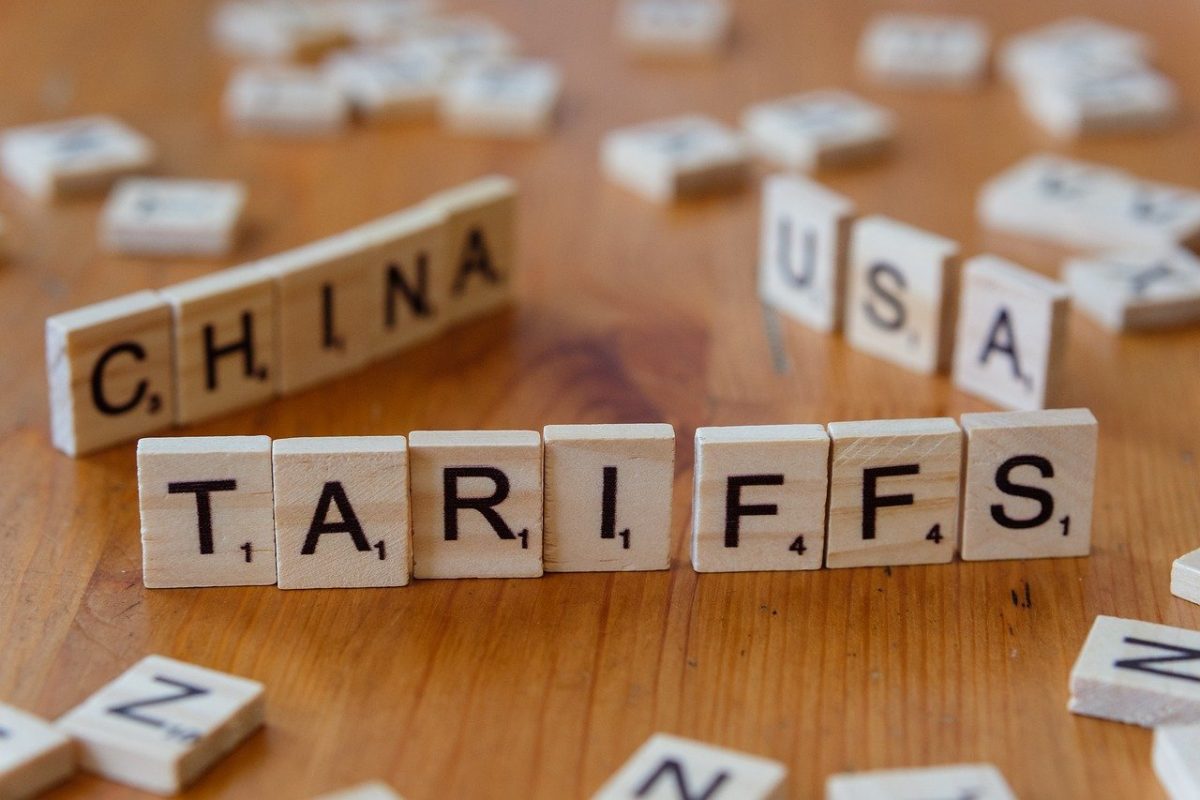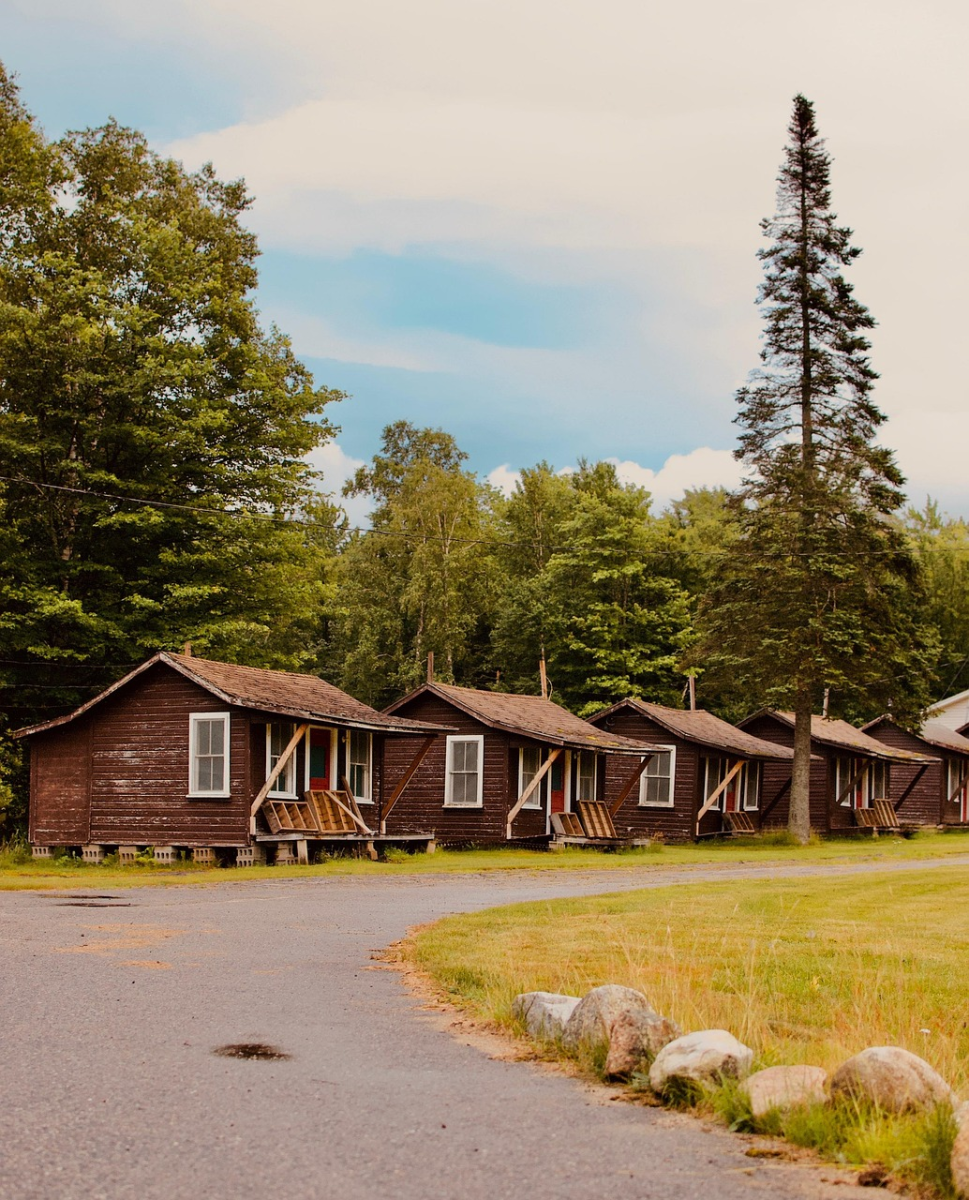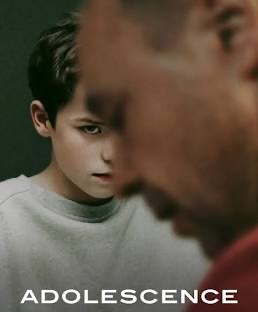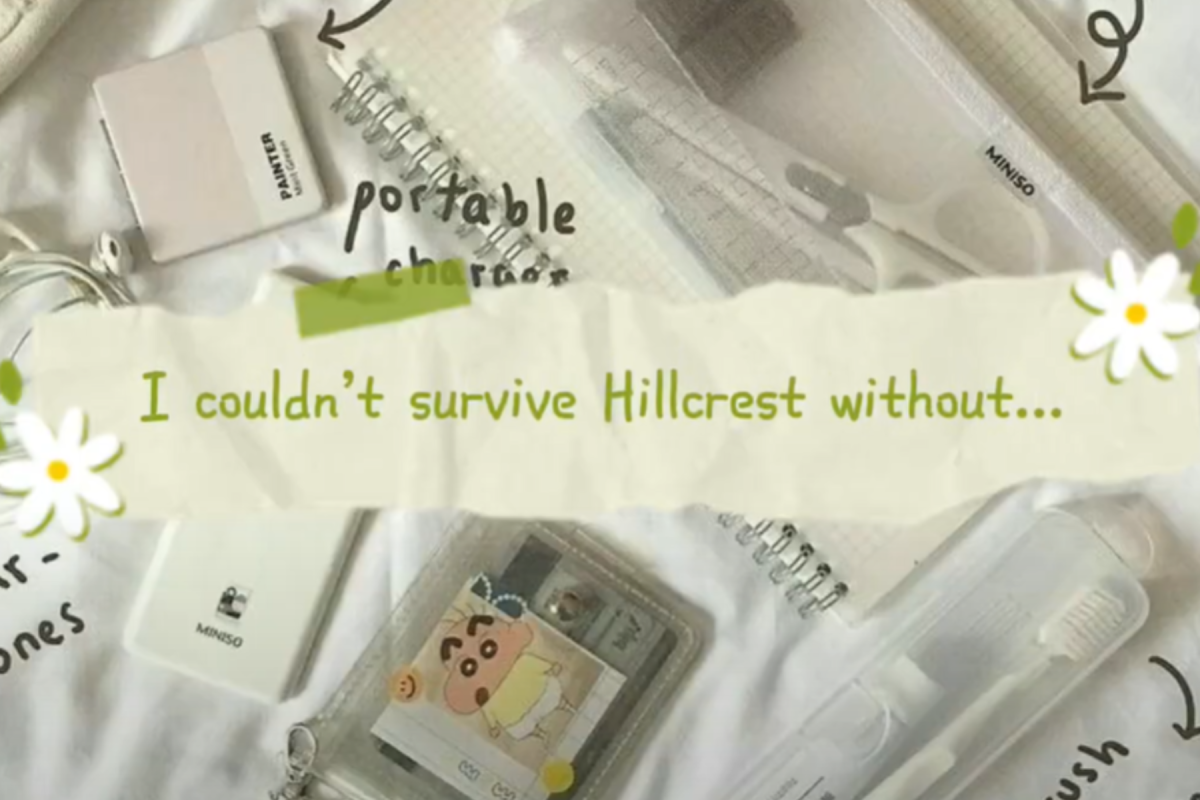How Will Climate Change Affect Your Future?
November 9, 2020
Throughout this year, many events and things took place that have changed the US. From the COVID-19 Pandemic, Civil Equality Movements, to the 2020 Presidential elections, all have a profound impact on the country. However, there is also another thing that not only affects the US, but the whole world as well. Climate Change, often ruled out as a hoax by radical right individuals, is becoming a very important issue that must be taken care of before it is too late to take action. Climate Change may impact the way people live due to the increase of floods, severe storms, prolonged droughts, famine, poor air quality, and severe diseases. This article will mainly focus on the events that are suspected to be caused by Climate Change in the State of Illinois.
The effects of Climate Change are already starting to be visible in Illinois. According to the Herald Review, Illinois’ average corn and soybean production have dropped to about 20 percent since the year of 2012. The production of corn and soybean, Illinois’ two major grown crops, dropped because of the wetter season in Spring which stunts the growth of the corn and soybean crops. The wetter season Illinois is facing means more floods and rising lake water levels. According to the UCSUSA and the EPA, the amount of precipitation and intensity of heatwaves are projected to increase in the Midwestern States and river flooding of the Ohio, Illinois, and Mississippi Rivers. The floods, along with the severe heat waves, increase the likelihood of crops being subject to pest infestation as well as further eroding the soil creating perfect environments for developing and propagating diseases according to the US Climate Resilience Toolkit. With more and more crops being lost to pests, floods, and heat waves, the price of crops grown in the Midwestern States are expected to increase, according to the UCSUSA.
Along with the heatwaves and floods in the Midwest, Climate Change also increases the number of powerful storms and strength of storms. Recently, during August 2020, a rare storm, known as a Derecho, impacted the US and the Midwestern states. According to the Washington Post and the New York Times, the August 10 Derecho damaged hundreds of homes, wasted millions of acres in crop usage, brought down thousands of trees, left about 1 million people without access to electricity, and cost the US $7.5 billion, more than the damage caused by a typical hurricane. The derecho had wind gusts at speed of 110 mph to 140 mph that swept through Nebraska, Iowa, Wisconsin, Northeastern Illinois, and Indiana. Along with the Derecho, the Derecho also spawned five tornadoes in Northern Chicago. This is alarming since it was previously thought that big cities like Chicago would not experience tornadoes. However, the tornado that hit Rogers Park was the strongest of all five tornadoes. According to CBS Chicago, the Rogers Park tornado caused an estimated $50 million dollars in damage.
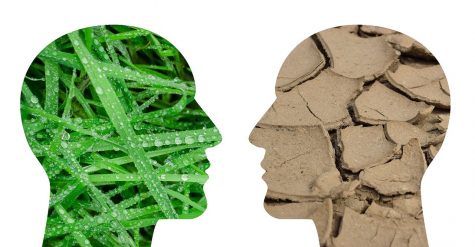
Climate change is also affecting other parts of the country as well, not just the Midwest. According to CNN, UCSUSA, and Science News, climate change is projected to greatly affect the majority of the regions in the US. The majority of the Eastern half of the country will experience less crop yield while the majority of the Western half of the country will increase in crop yield. The Southeast will experience more floods, hurricanes, poor air quality, and warmer Ocean Surface temperatures. The Northeast will experience higher water levels, more days with higher temperatures, and poor air quality. The Southwest will experience more severe and longer droughts, arid climates, higher temperatures, and frequent Wildfires. The Pacific Northwest will experience more wildfires, pest and disease infestation, rising sea levels, and increasing temperatures. The Great Plains will experience drier climates, water shortages, prolonged droughts, and frequent floods in Texas.
If no action is taken and the issue with Climate Change is not resolved, the climate that people currently live in will not be the same and they will have to redefine their way of living.

